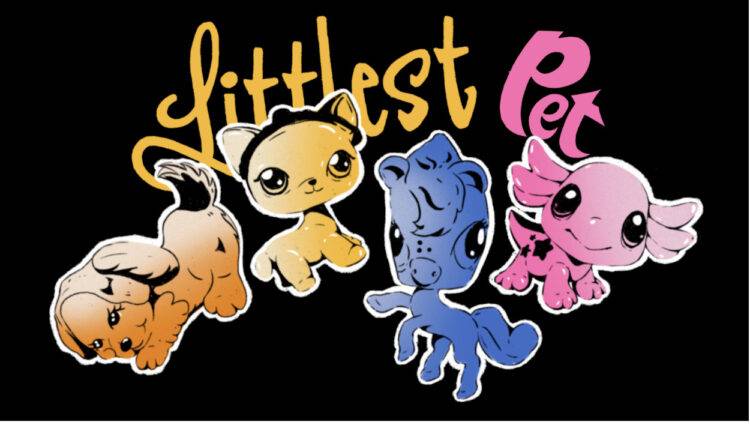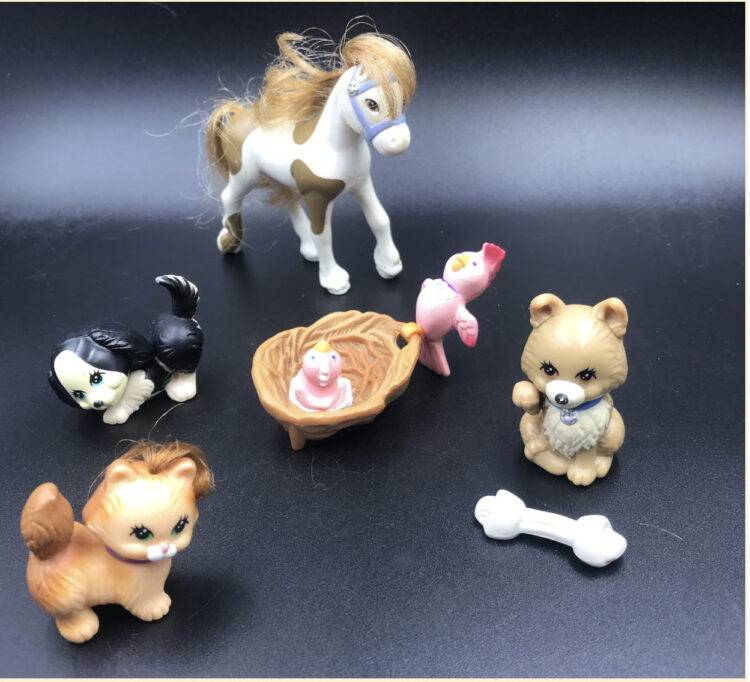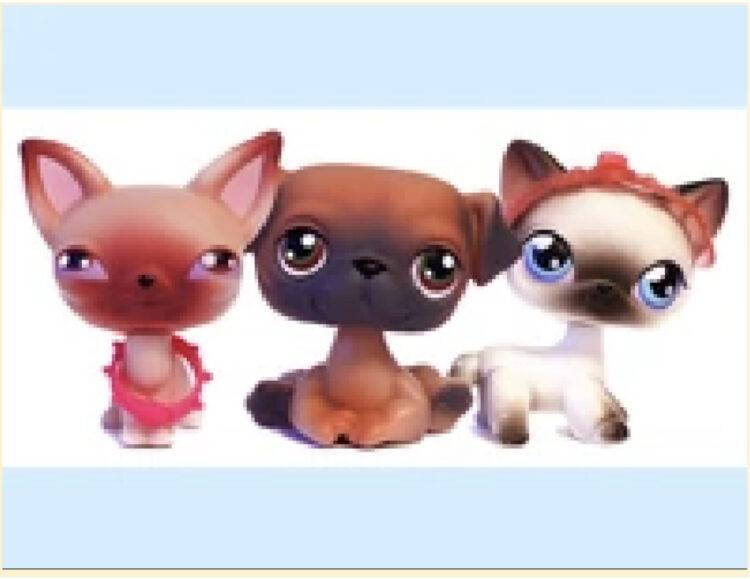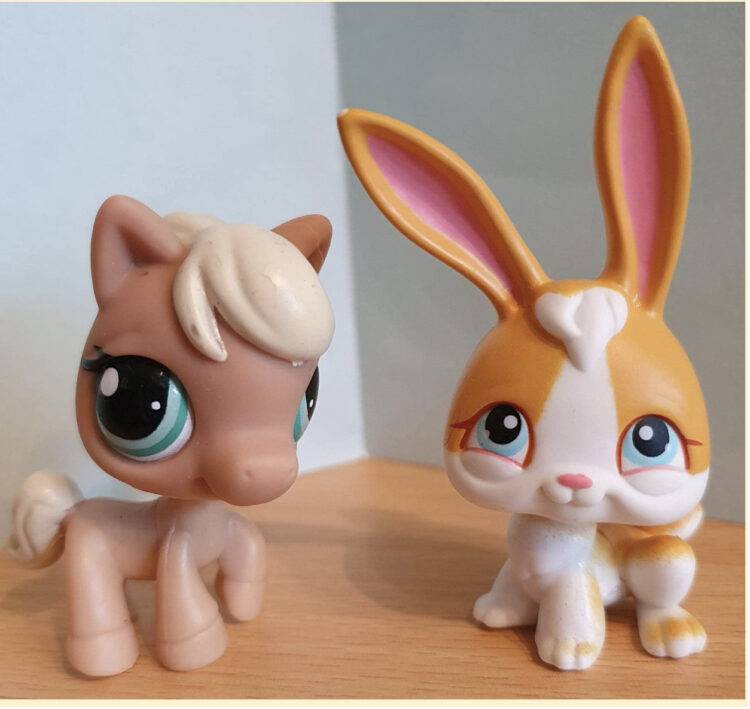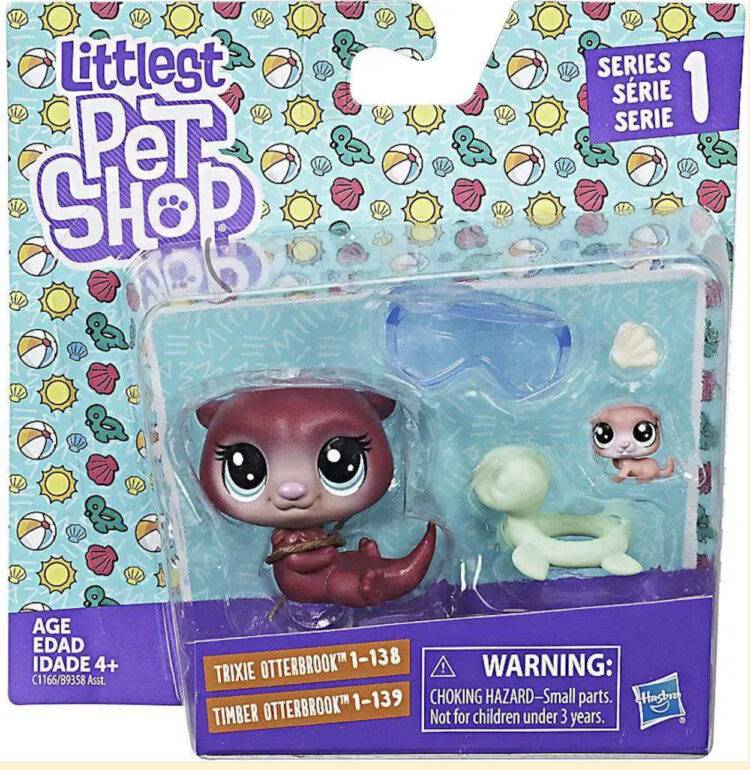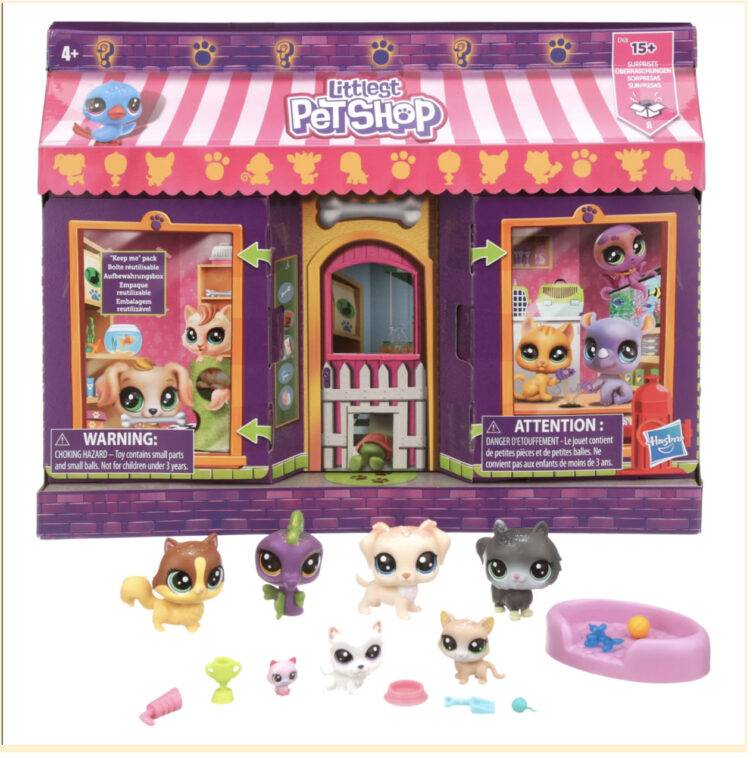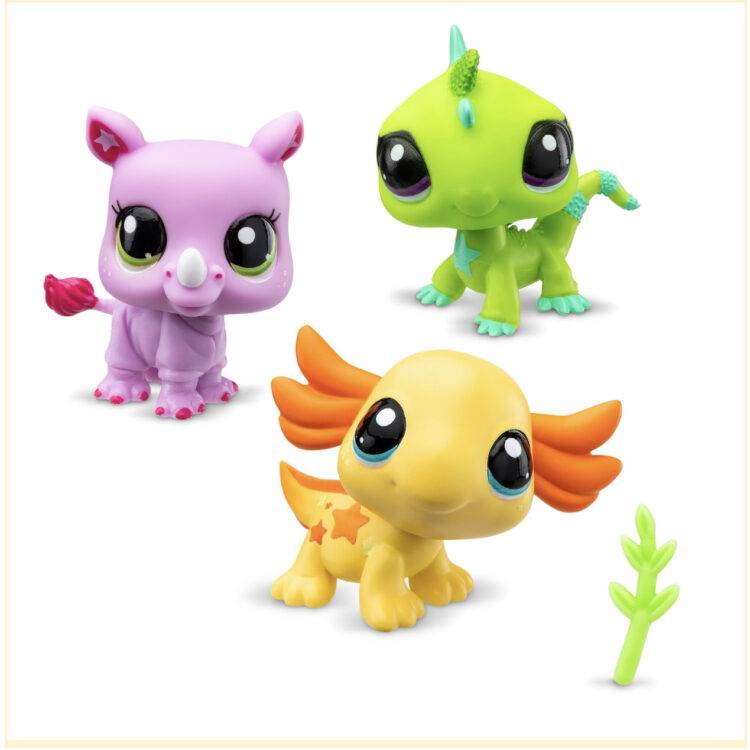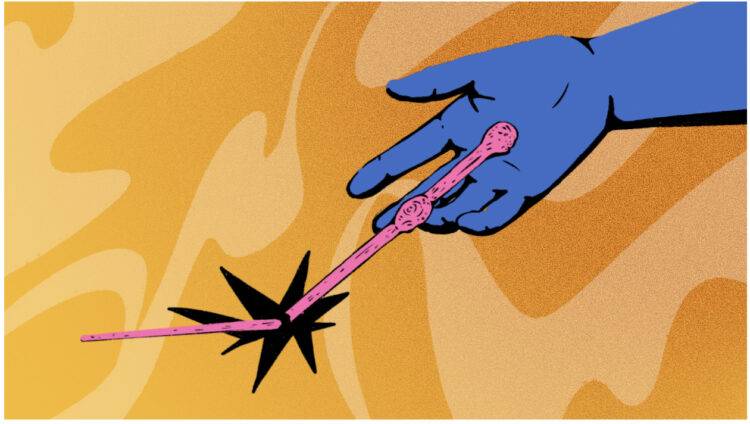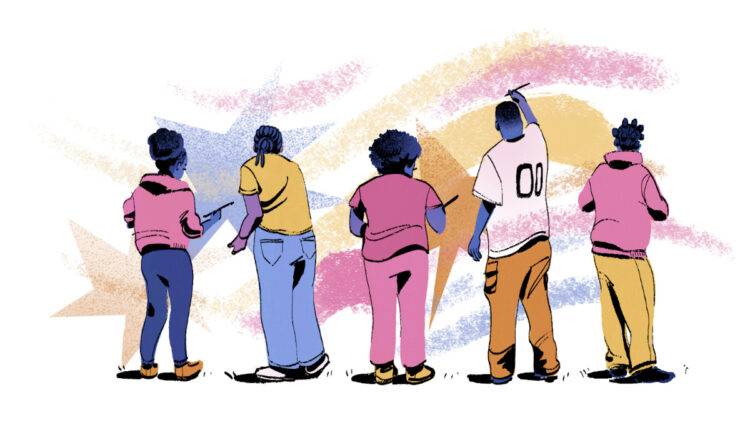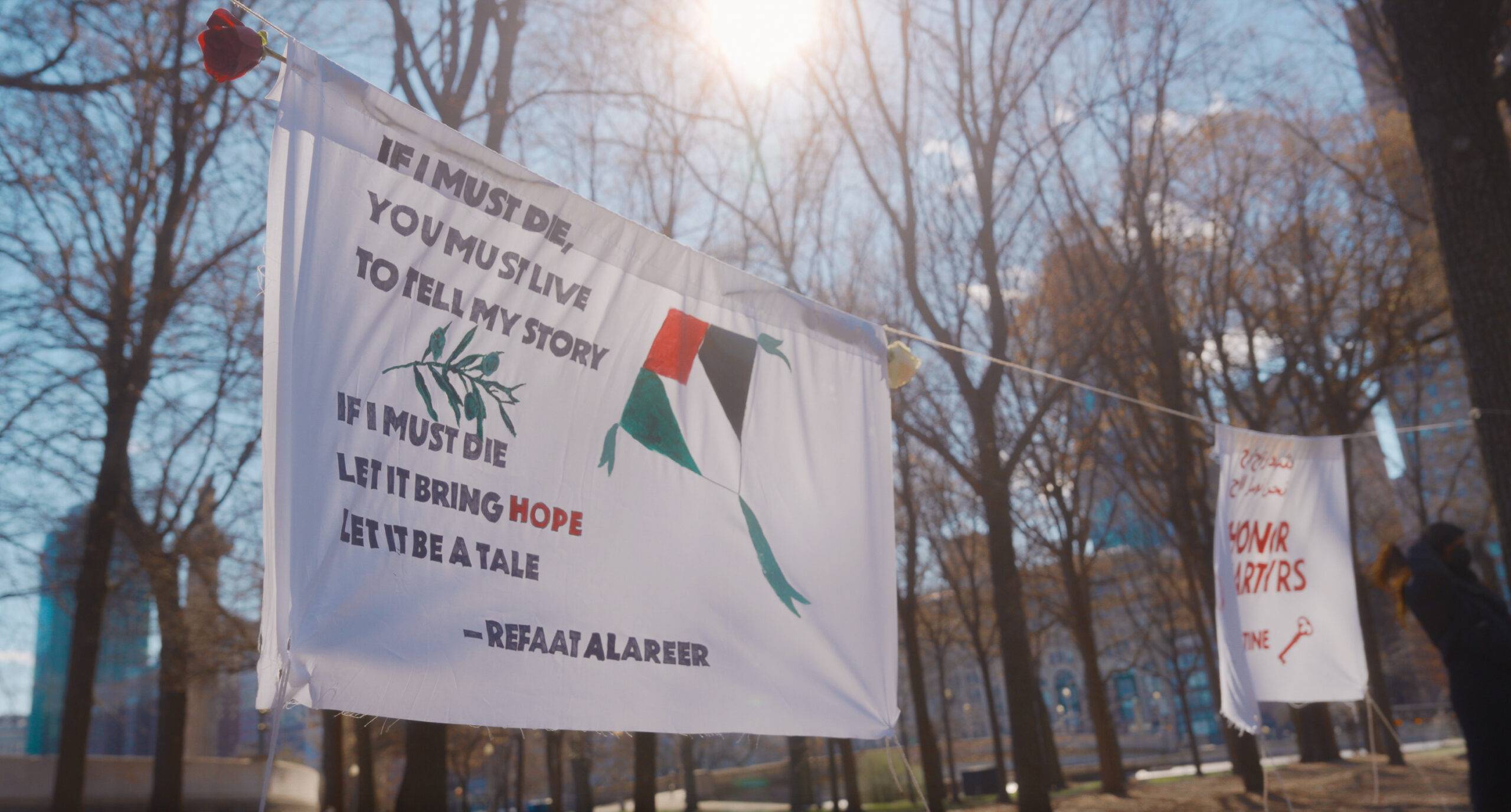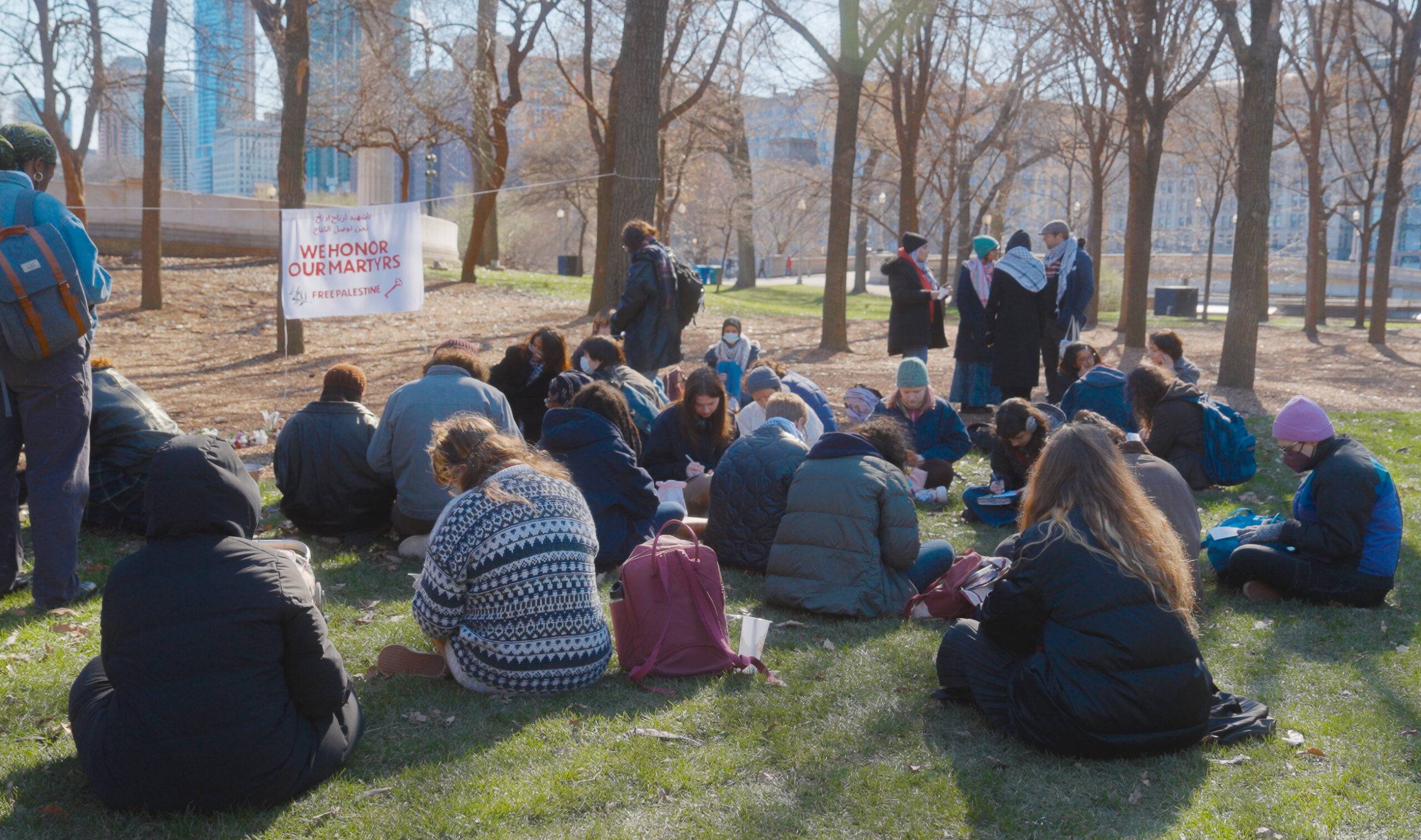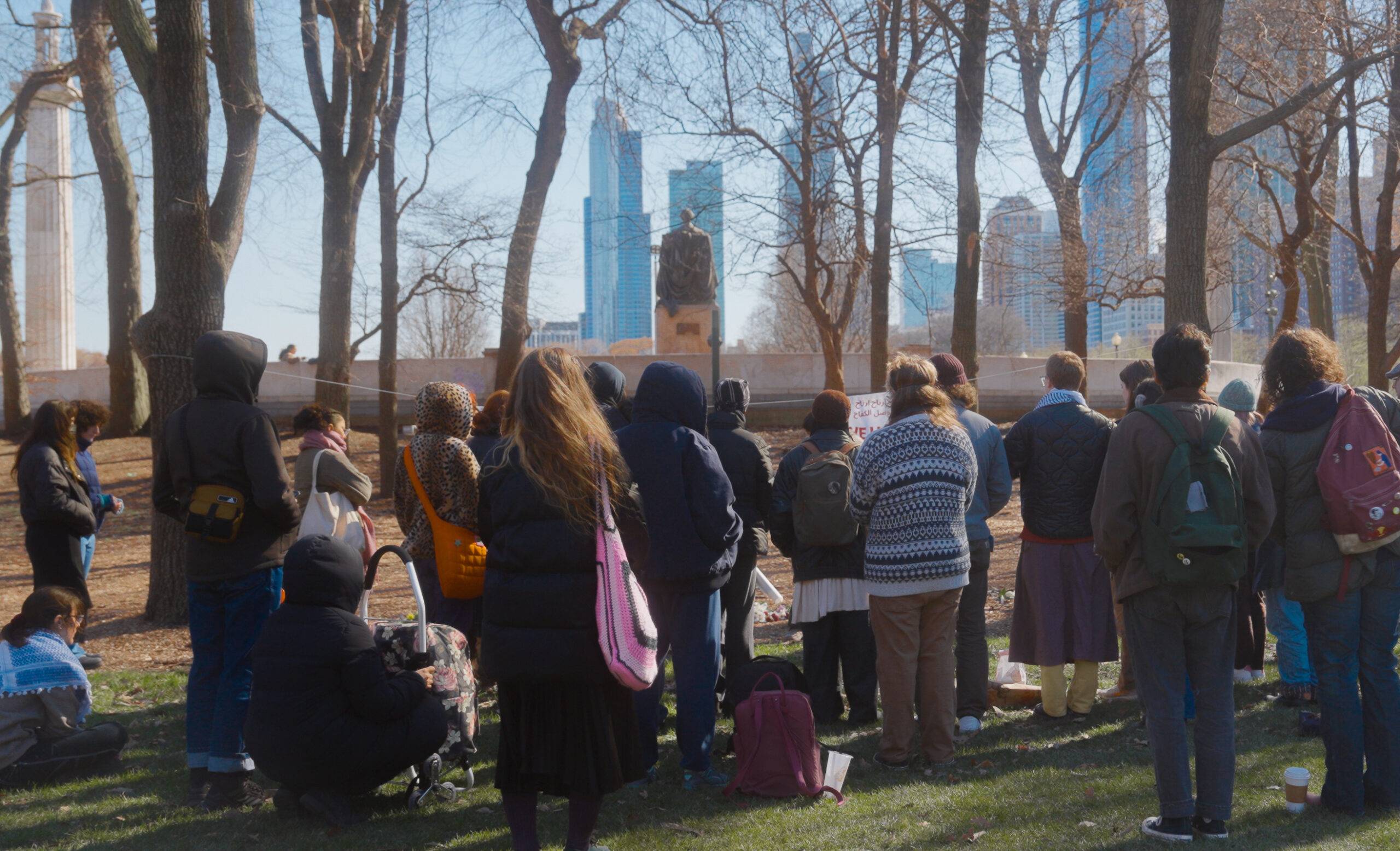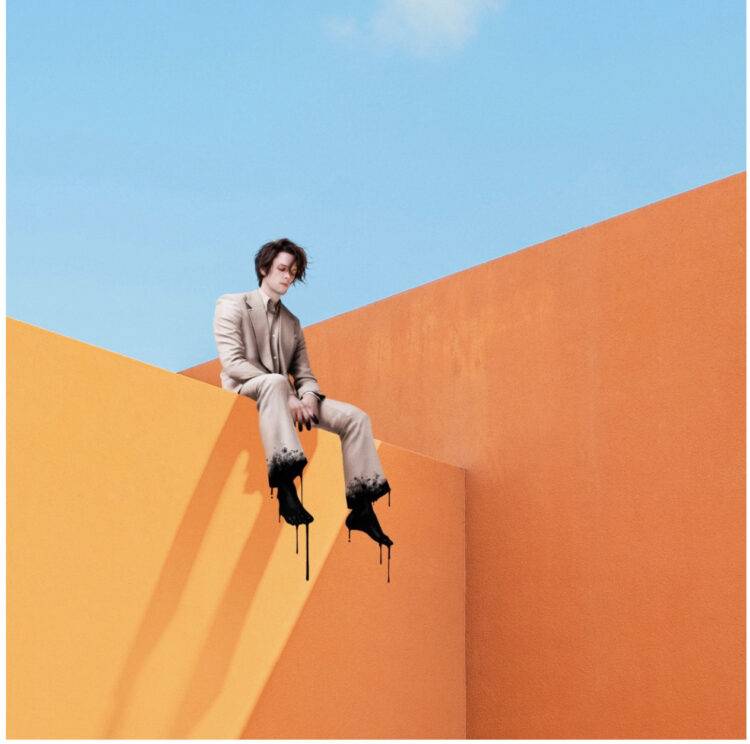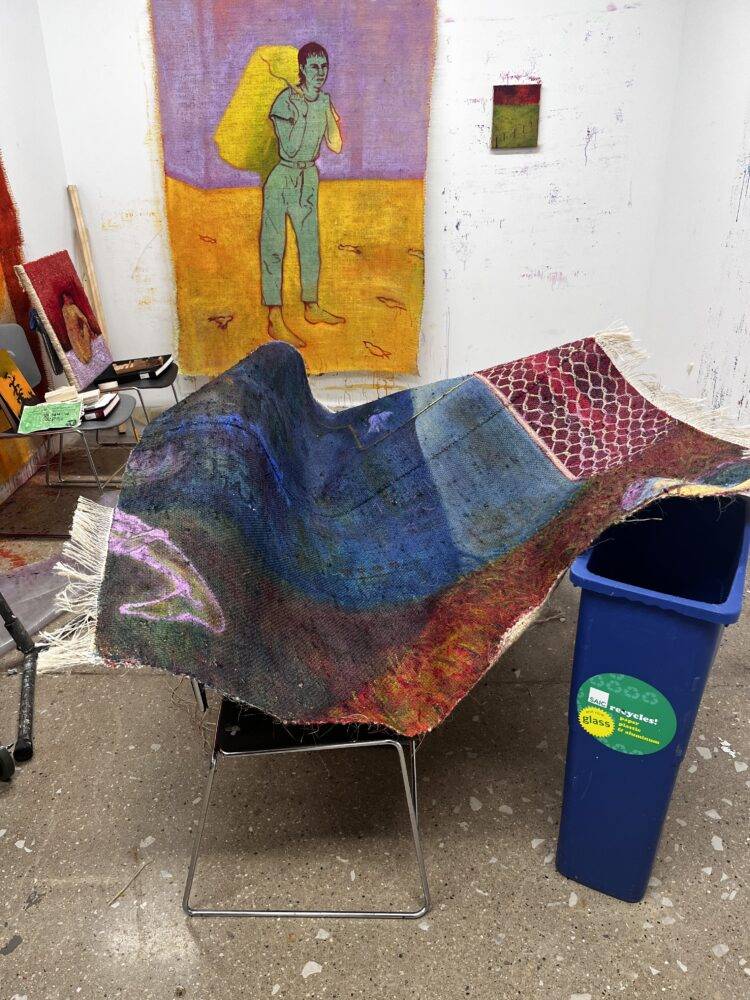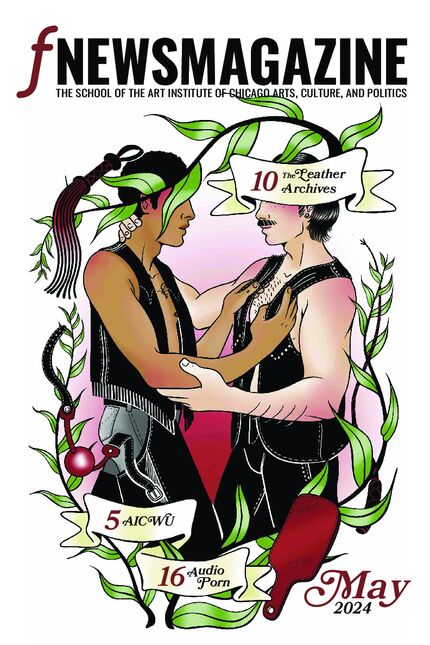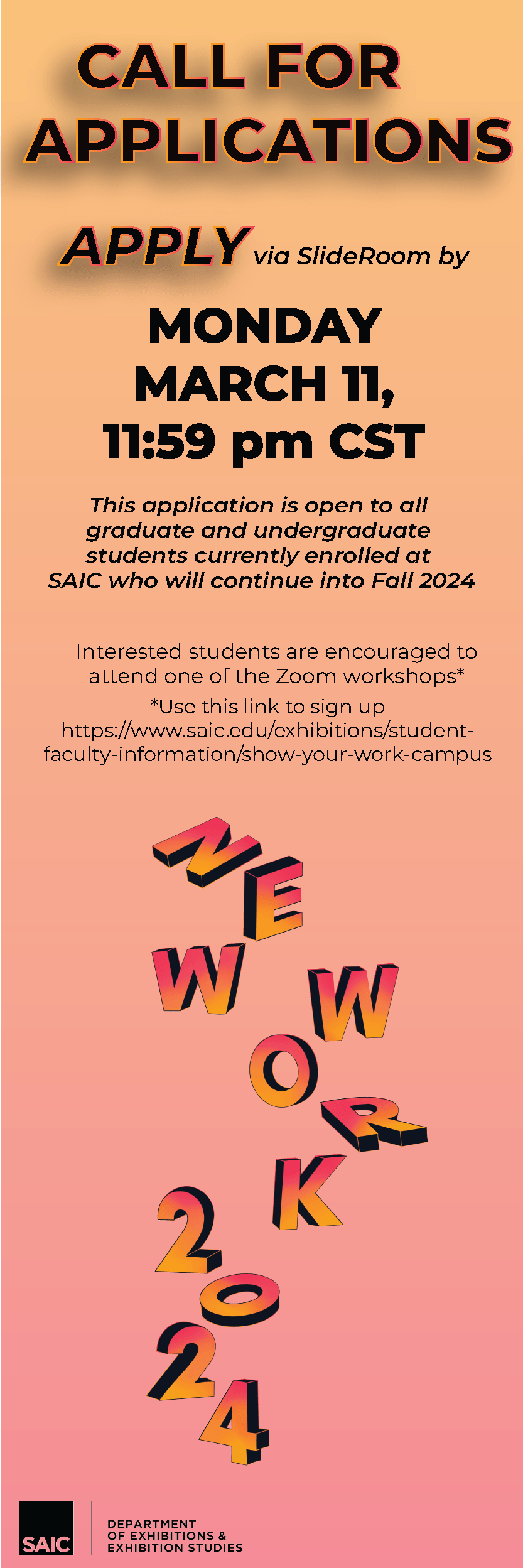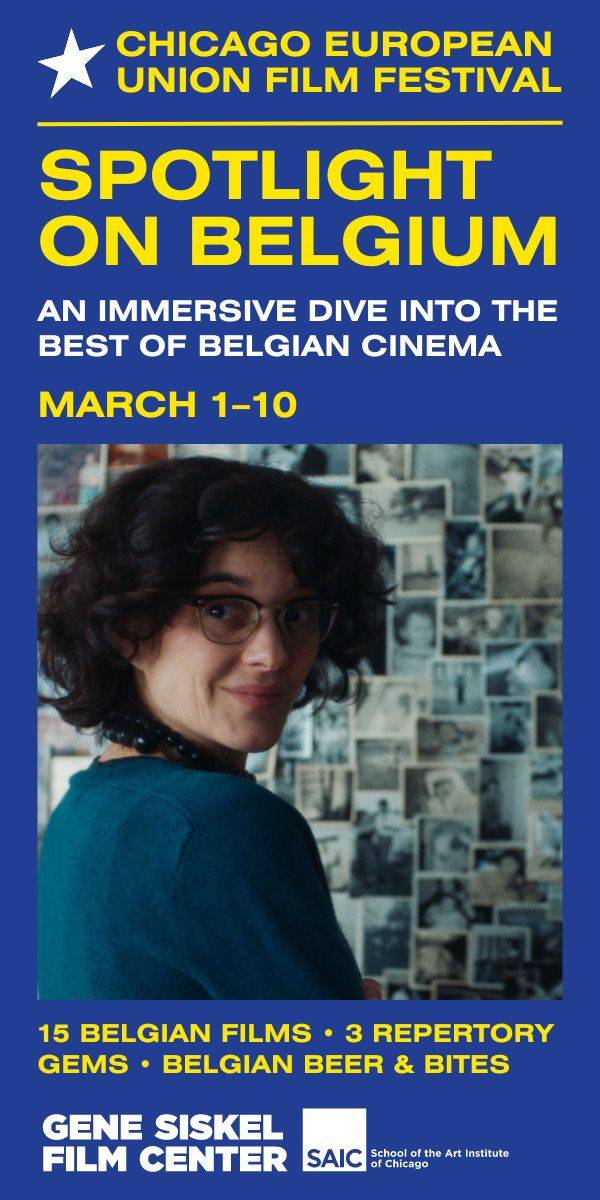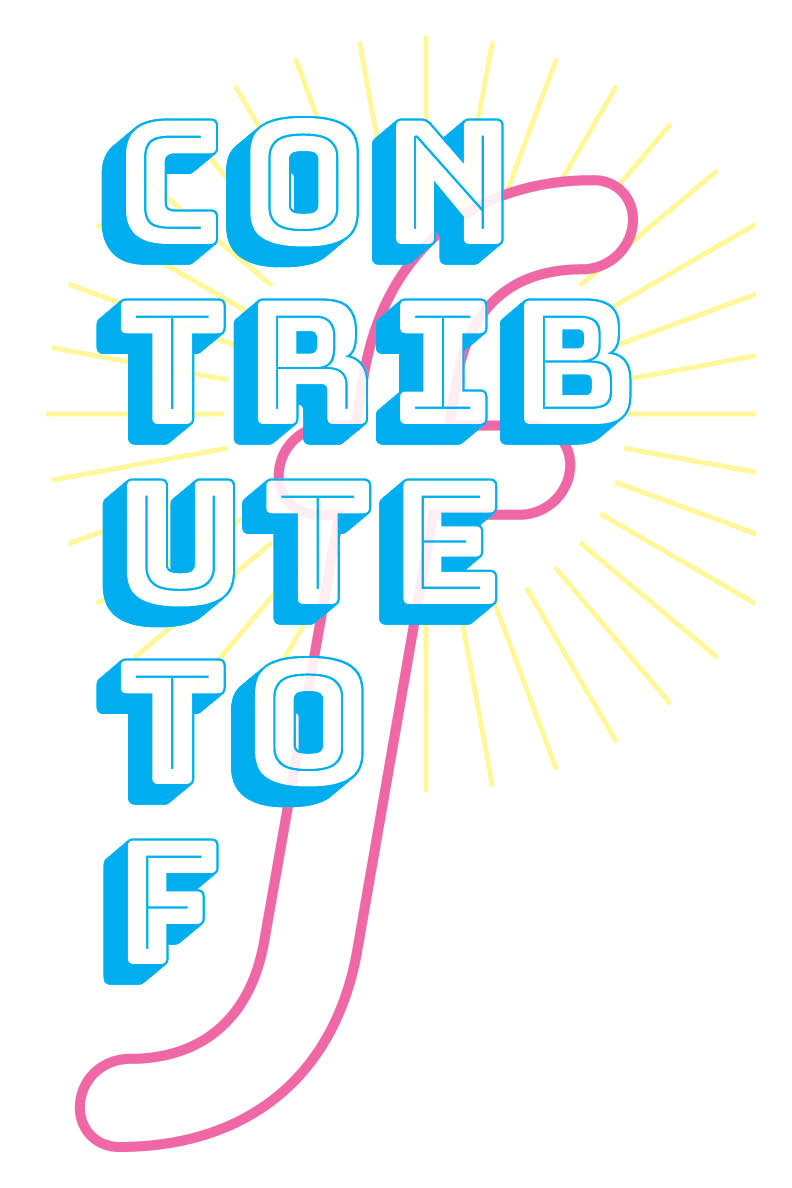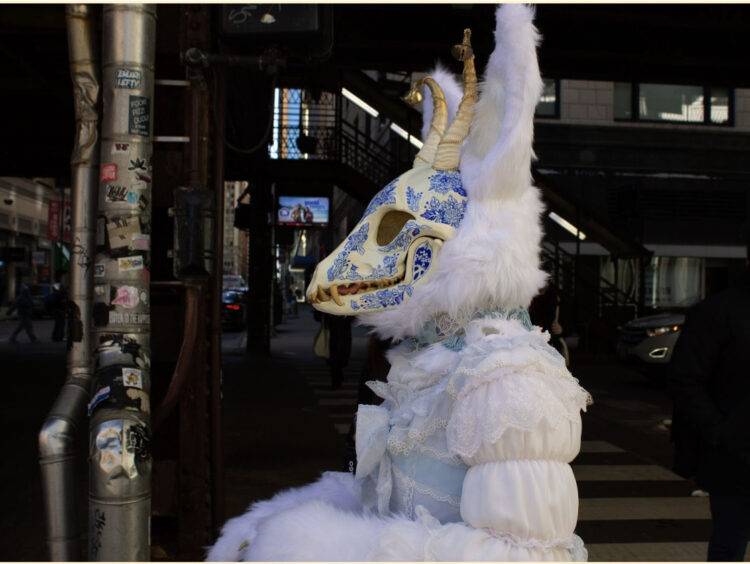
Rose Hellesen dressed as her fursona “Silk” at an intersection on Wabash. Picture taken by Sisel Gelman.
In memoriam, Mark Merlino.
Some surveys estimate that 1 out of every 2,500 or 5,000 people in the world is a furry. With those odds, you’ve likely met a furry at school, at work, or even the grocery store.
For a community that is so often depicted in pop culture, the world of the furry fandom is plagued with misconceptions and mystique. The jokes are cruel. The comments are crude. The media coverage is highly critical.
“Slut Saga” has teamed up with Rose Hellesen, an autistic furry, to spill the secrets about furries and everything you’ve always wanted to know.
What is a furry?
The furry fandom is a subculture of people who use the art of anthropomorphic animal costumes to engage with, or represent, various aspects of personality, sexuality, and identity through art.
Loosely speaking, this kind of design can range from hyperrealistic to cartoony, with the key aspect being combining human intelligence, behavior, and in part, anatomy, with animals. The majority of furries create an alternate identity called a fursona, which often includes pieces of their identity and can also be used to project their ideal traits onto.
A person can have as many fursonas as they want. Often, though, they will choose one in particular to be their main fursona. For example, if someone struggles with being in large crowds they might create a fursona that loves to party. This allows them to engage with a world that they feel is inaccessible because their fursona can participate in it without any issue.
Are there rules for making a fursona?
Anything goes for a fursona’s design, including: insects, fish, aliens, hybrids — all are completely valid . There are even original species created within the furry fandom of creatures that don’t exist in nature. One popular species are “protogens,” a half-mechanical/half-organic creature with a rounded screen for a face.
Anyone can make a fursona out of anything, and this is by design! The furry fandom has no media tied to it, so there’s nothing to watch, read, or play before you join. In this sense, it acts more as a subculture, like punks or goths, than it does a standard fandom space.
The unifying nature of anthropomorphic design allows people to create a version of themselves with much more individuality than a standard human body can, and unlike other fandoms that center around a show or book series, the furry fandom is much more geared towards using furry design as a way to express personal identity.
This openness to expression has created a decades-old space that is overwhelmingly queer and neurodivergent friendly, as well as sex-positive.
The History of the Fandom
Though anthropomorphic design has been a consistent part of many cultures for thousands of years, the establishment of a furry-specific fandom in its modern context can be traced back to Los Angeles in1980.
At Loscon 7, a sci-fi convention, a con-goer and fan of anthropomorphic design named Rod O’Riley caught sight of an artist’s display that piqued his interest (watch: 6:37) — the booth was filled with art of an anthropomorphic species called a “Skiltaire” — a mustelid-like alien with insect antennae. The artist behind these works was Mark Merlino.
O’Riley and Merlino soon realized they shared a similar passion for anthropomorphic design that, up until then, they thought no one else did. At that point, Mark Merlino had been running the Cartoon/Fantasy Organization (or C/FO) — an anime fan club in Inglewood, California— for three years. They soon realized, through the club’s attendees, that there was a growing interest in what was at the time called “funny animals,” referring to the specific genre of anthropomorphic animal characters that appeared in the “funnies” section of comics and the underground comics movement.
Throughout the early to mid-‘80s there would be small meetups (watch: 12:58), hosted by Merlino and O’Riley, held at sci-fi conventions for those interested in funny animals. By that point, Merlino and O’Riley had become a couple (watch: 8:54).
The early days of the fandom were dominated by the comic aspect of funny animals, and most furry media was explored in the form of various underground comics series.
While funny animals were for all ages, an interest in mature topics grew along with the fandom. Soon, comics were being published for adults-only and depicted lesbian and gay characters, along with a general sex-positive outlook on relationships. One such comic was “Omaha the Cat Dancer,” a drama series about an anthropomorphic cat who worked as an “exotic dancer” (a term no longer used for sex-workers) and struggled with the complex relationship she had with her boyfriend and on-again-off-again girlfriend.
The furry fandom specifically created a queer-friendly space at a time when such places hardly existed.
The discussion of comic series, “Albedo,” led to the first proper meetup of the furry fandom. Held in Merlino and O’Riley’s hotel room at Westercon 1986, this meeting was advertised as a “furry party,” a term which went on to become the namesake of the entire fandom.
This furry party and subsequent ones allowed artists and fans alike to consume and engage with furry content, and the popularity of these furry parties led to the very first furry convention in 1989, organized by Merlino and O’Riley, who paid out of pocket to rent the conference room of a Holiday Inn (watch: 27:19).
This convention, called ConFurence Zero, became the groundwork for further furry conventions. It showed that there was a real interest within the fandom to create their own space and one separate from simply being an addendum to sci-fi conventions.
The final foundation of the furry fandom as it exists today manifested thanks to Ken Sample; a prominent furry artist in the early days of the fandom who created his own furry character based on himself called Ken Cougar.
Up until this point in the fandom, everybody had been interested in furries, but no one had created a furry version of themselves. Ken Sample was the first furry to create a fursona, which has become a defining aspect of the furry fandom. Since the fandom was mainly populated by artists, a huge surge of self-identifying artwork based on Sample’s precedent arose across members-only furry comics, convention halls, and more.
The fandom shifted from just consuming furry content to actively relating themselves, and their identity to another, better form of their “true self”. From then on, the convention attendance got bigger, the venue sizes became larger, and the furry fandom welcomed more and more people of all genders, sexualities, and identities.
From ConFurence Zero being attended by 65 fans, to now 13,644 attendees coming to Anthrocon 2023 in Pittsburg, Pennsylvania, the popularity of the fandom has brought together thousands all across the globe.
It is necessary to mention the recent passing of one of the fandom’s founding members, Mark Merlino. The impact that Merlino has made on the fandom is nothing short of revolutionary. He and his partner, O’Riley, were the bedrock that allowed the furry community to grow to the size it is today. Without their passion for anthropomorphic characters, and their dedication to create a social and artistic space for this love to exist, it’s very likely that the furry fandom would’ve never been created at all.
Rest in peace, Mark Merlino.
Furries and the Sex Positive Community & LGBTA+ Community
It is a misconception that the furry fandom is primarily a sexual space.
“There’s no sexual element to [fursuiting] for the vast majority of fursuiters,” States the findings of Dr. Courtney Plante through a series of studies. To most members, being a part of the furry fandom is about emotionally connecting with other like-minded people and finding the highest form of self-realization. Over 60% of furries proclaim that their involvement in the furry community has nothing to do with sexual material. Nevertheless, as with most topics, some people attach a sexual value to it. This is normal because sexuality is a part of being human.
As Rod O’Riley said, “Of course furry is full of sexuality, because furry is full of human beings, who are alive and thinking and feeling.”
The misconception of furry as only kink goes far back to the early days of the fandom in the 1990s and 2000s when the fandom was much smaller. Early furry conventions were incredibly welcoming to all people, and so those who felt outcast by other groups discovered that the fandom space allowed for a much greater means of expressing identity. To no surprise, when adults come together to express identity, sexuality comes as a form of that expression. These spaces allowed queer people to engage with otherwise taboo topics in a way that they couldn’t anywhere else.
The fandom wasn’t built on the foundation of sex, rather, it comes as a result of a space welcoming all means of self-expression. Just like a fursona allows someone to feel more comfortable expressing themselves, furry art became a means of engaging with topics that social norms barred.
Sex positivity was a natural product of the fandom’s inclusivity. Likewise, the decentralized structure of the furry fandom makes it difficult to approach from an outsider’s perspective. From the outside, it’s easy to assume that the entire fandom must be sexual. The openness to all topics, including sex and kink, led to the incorrect assumption that the fandom space was specifically formed around only that topic.
Why has this misconception prevailed? Largely to discredit a community that is inclusive of sex-positive, LGBTQ+, and neurodivergent people.
According to a 2018 survey of AnthroCon’s attendees, 80% of the furry community also identifies as part of the LGBTQ+ community (watch: 44:50). Why do these two communities heavily overlap?
On one hand, there is the known premise that once one “taboo” is broken, people find it easier to break other “taboos.” Therefore, exploring one’s identity in a marginalized community, such as the furry fandom or the LGBTQ+ community, becomes easier once the individual has explored it in the other.
The overlap between both communities goes beyond just the perception of “deviance.” Both communities have historically been marginalized, ridiculed by the dominant culture, and seen as perverted. There is a solidarity between both communities to dismantle the misconceptions surrounding their lifestyles. The true liberation from heteronormative oppression of one community cannot happen without the liberation of the other. Similarly, both the furry community and the LGBTQ+ community are built around values of acceptance and living an authentic lifestyle. These are communities in which people feel safe to express themselves uniquely without fear or shame.
The furry fandom encourages self-exploration, and this is particularly beneficial to the trans community. A fursona is a safe space to explore identity without any long-lasting commitment. A person can try different visual aesthetics, personality traits, and even genders, without any permanence or public danger allowing someone the freedom to experience what their ideal self could be with little resources and repercussions.
This is especially important considering that having a fursona is free, and many LGBTQ+ community members are at risk of being financially unstable.
Fursonas can be gender-affirming spaces. A fursuit can be built to appear masculine, feminine, or gender-neutral regardless of the user’s biological sex, so too can a drawing of one’s fursona. This is a space where trans people can encounter gender-euphoric experiences such as the immediate use of their correct pronouns in alignment with their fusona’s gender.
“In a conference setting, people aren’t judging on looks or voice. They see a fursuit that looks masculine and immediately follow along. This is incredibly gender affirming,” said Al, a trans furry whose fursona is named Velvet.
“You don’t have to pull strings to be gendered as male [in the suit],” he said. His fursona, Velvet, wears a Rococo masculine outfit. Velvet is also a “silent suiter,” which means that Velvet does not speak. Al does not have to worry about his voice being perceived as not masculine enough. He just gets to experience his gender in alignment with his design, not his body.
A similar permissibility occurs around sex within the furry fandom.
As mentioned, although the furry fandom is not centered around sexual activity, the community is known for being a sex-positive space.
Sex is one of the largest “taboos” in our society. Talking about or engaging in sexual practices is often relegated to a private sphere of knowledge.
Under the same theory of breaking down taboos and building safe spaces for self-expression, sex (including queer sex) in the furry fandom is regarded with the same openness as any other relationship, such as a platonic friendship. Sex is not a topic that is shied away from. The full spectrum of sexual expression — including kink — is embraced. For example, fursuiters can signal kink through the use of harnesses and collars in their fursona’s design.
“We all bond over our love for art, creativity, and the escapism of anthropomorphic animals who don’t have the same issues as people,” Al said. “But there are subgroups within that larger group, so there is a safe space for everyone.”
As he explained, someone who is interested in kink will find their people. Someone who is not interested in kink — or even sex — will find their people too. There is a niche for every interest.
“The community is accepting because there’s an underlying understanding that this is a place to escape from your normal life,” continued Al.
Furry Pornography
How prevalent is furry pornography in the community?
“Furry men were significantly more likely to view furry-themed pornography (96.3%) than furry women (78.3%). Furry men and women both significantly underestimated these figures (84% and 70%, respectively),” according to research by FurScience. The IARP (International Anthropomorphic Research Project), publicly known as FurScience, is a “multidisciplinary team of scientists from different universities around the world, doing research” on the furry fandom. They found that 50.9% of the furry art that furry men viewed was pornographic, and when roleplaying online, 34% of that time was in a sexual context.
“Female furries were found to hold mixed feelings toward [furry] pornography, with nearly half of females reporting mixed feelings [on a scale of very negative to very positive], and nearly as many females opposing [furry] pornography as supporting it,” found FurScience. This could be due to the fact that 72% of furries are cisgender men, so women might feel alienated and misrepresented when they see anthropomorphic female bodies being sexualized.
But ultimately, close to 60% of furries have “no strong preference” or a mild preference for whether they consume furry pornography or not. FurScience’s data suggests that most furries feel no, or at most a slight preference for pornographic over non-pornographic furry art. This lends support to the notion that for many furries, a naturally occurring sex drive may lead them to an interest in erotic furry artwork, but, in general, they seem to enjoy furry art regardless of whether it contains erotic content.
More to Come!
Curious about how the history of drag and fursuits overlap? Interested in learning how neurodivergence shows up in the furry fandom?
Stay tuned for Part II of this Slut Saga Furry Series!
Read More →

